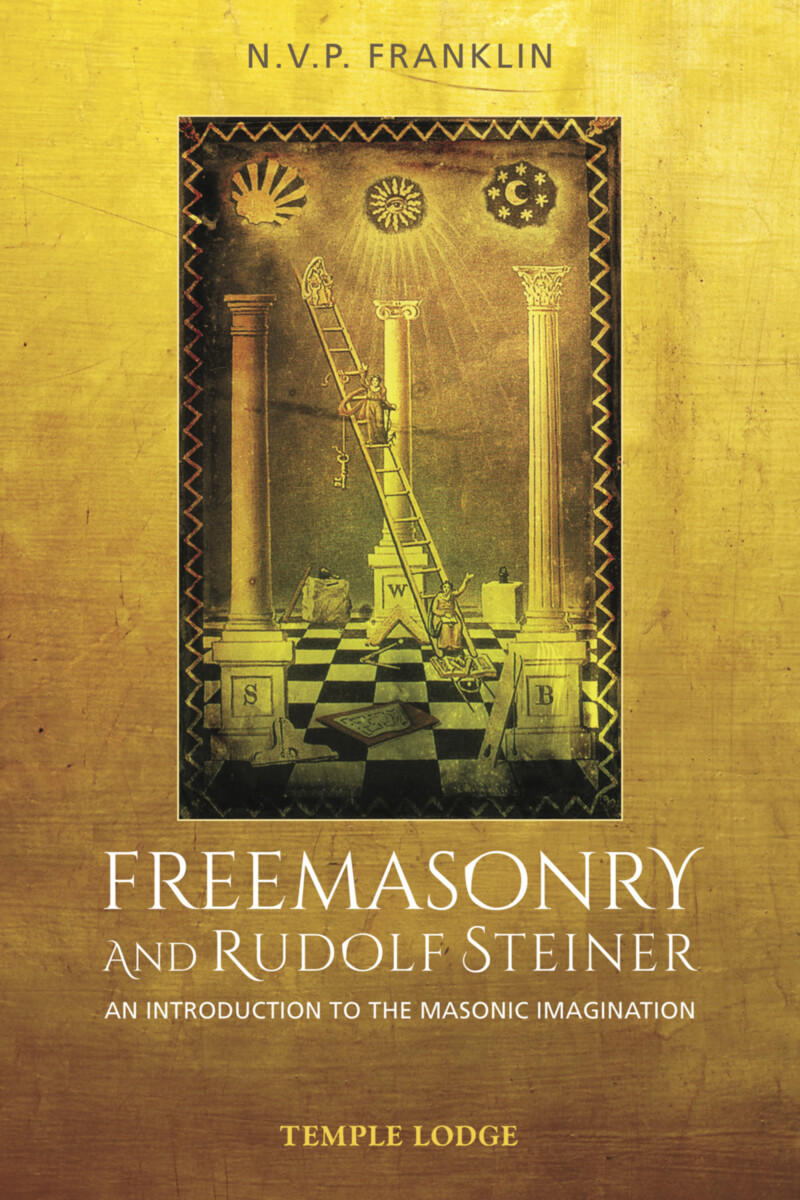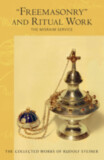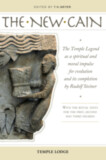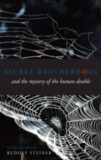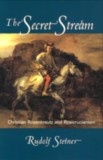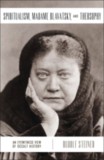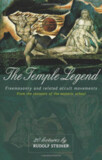Freemasonry and Rudolf Steiner
An Introduction to the Masonic Imagination
- Publisher
Temple Lodge Publishing - Published
8th January 2021 - ISBN 9781912230556
- Language English
- Pages 340 pp.
- Size 6" x 9.25"
“The question facing us, of course, is not ‘Was Rudolf Steiner a Freemason?’ but rather ‘Which elements of Freemasonry did Rudolf Steiner find to be valuable?’” (from the introduction).
Today some six million Freemasons around the world continue to perform their rituals regularly—an enormous legacy of spiritual endeavors, kept largely in secret. In Britain alone there are over 7,000 Lodges, with a quarter of a million members. What is this wealth, this appeal, and how did the philosopher and spiritual scientist Rudolf Steiner reinterpret or reconstruct Freemasonry’s timeworn legacy?
For those who are not Freemasons, the masonic world, with its arcane conventions and language, remains largely unknown—an obscurity that is nearly impossible to fathom. Nonetheless, understanding its traditions and style are invaluable when approaching the works of Goethe, Mozart, Herder, Lessing, and Novalis—as well as Rudolf Steiner, who renewed the “Royal Art” of Freemasonry from 1906 to 1914 through his ritual work known as Mystica Aeterna.
When Steiner invigorated education, medicine, the social concepts, and religion, he fully intended for committed and professional individuals to assume responsibility for those new initiatives. However, this was not intention for the “Masonic Order” he founded, whose leadership he took on himself. Even the celebration of his passing in 1925, overseen by Marie Steiner, had an entirely Masonic character.
In the context of continuing resistance and misrepresentation, N.V.P. Franklin uncovers the living heart of Freemasonry and reveals why it was—and remains—immensely relevant to Anthroposophy. With profound research into its older rituals and teachings, this detailed and conscientious study forms a unique contribution for comprehending both Freemasonry and Anthroposophy—historically and today.
C O N T E N T S:
Preface
Introduction
1. Freemasonry and the Theosophical Societies
2. The Esoteric Schools 1887–1914
3. The High Grades of Freemasonry
4. Early Reports of Mystica Æterna
5. Masonic Types in Mystica Æterna
6. The Rites of Misraim and Memphis
7. Rudolf Steiner and Fremasonry, Part 1
8. Rudolf Steiner and Fremasonry, Part 2
An Imagination
From a Lecture by Rudolf Steiner
Select Bibliography
Index to Principal Themes and Persons
N. V. P. Franklin
N. V. P. Franklin is a retired university lecturer currently living in South Devon, UK. His first study concerned Jakob Böhme and William Blake’s Four Zoas (1979), while his second addressed Rudolf Steiner’s Christology and Freemasonry (1989). He has also published on Böhme’s understanding of speech sounds and has taught in the Open University and the University of California. Since 2014, his main task has been coediting the Complete Works of Hermann Beckh in English translation. He is neither a member of the Anthroposophical Society nor a Freemason.


